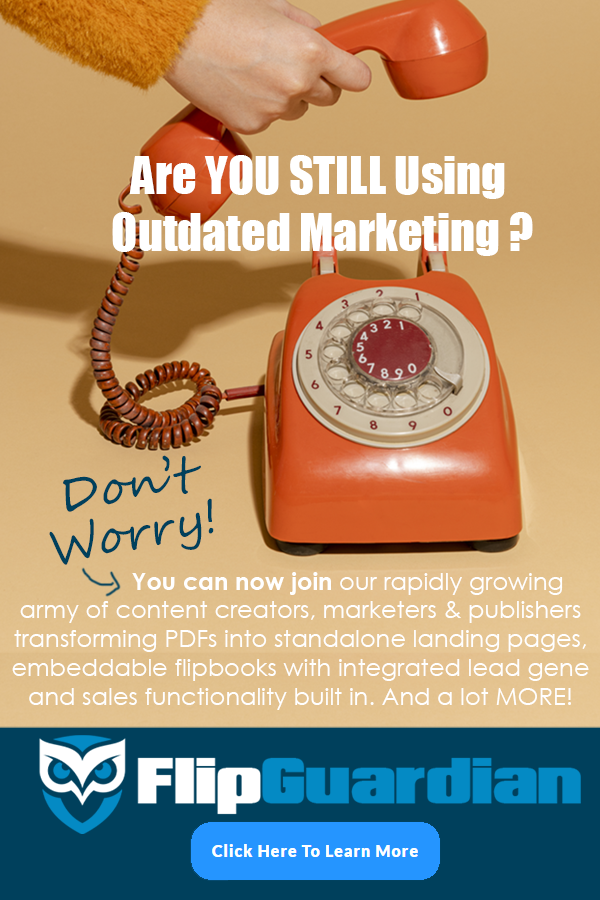The following excerpt is from Ultimate Guide to Social Media Marketing by Eric Butow, Jenn Herman, Stephanie Liu, Amanda Robinson and Mike Allton,. You can order from Amazon.
Boosting your Facebook Advertising efforts is an investment you might want to consider if social media marketing is a big part of your overall marketing strategy.
When you decide to advertise with Facebook, you can either create a new ad or use a status update you’ve already shared.
The ad fee structure is similar to Google in that you can set a daily budget, but you don’t set a bid per click. Instead, Facebook will begin showing your ads; the more interest people show, the less per click you’ll be charged. So it’s in everyone’s best interests to create Facebook ad posts that are interesting and compelling.
In addition to driving traffic, you can use Facebook ads for brand awareness and simply pay for engagement — in other words, likes, comments and shares. The more people engage with your ad and post, the more likely it is to be seen by people outside your target audience.
Unlike Google search ads, which are 100 percent text, Facebook ads can be links, images or even video. You can use a single image or a carousel of images. You can even upload multiple images and let Facebook test which one resonates best with your audience.
You can also set up a remarketing pixel (a snippet of code installed on your website) so that Facebook can track users who have been to your site and allow you to “remarket” to them with an ad specifically targeting them.
Here’s how remarketing works. Once you have a Facebook pixel installed on your site and are driving targeted traffic using Google Ads (and, of course, other means), you are equipped to amplify the illusion of frequency.
With a pixel in place, you can now create Facebook ads targeting people who have visited your site, or even specific pages or posts within your site. This is referred to as retargeting or remarketing.
You’ve doubtless experienced this yourself. Spend a couple of minutes looking at cars on an automotive site, and suddenly every site you go to is displaying ads for that brand of car. Because you showed interest in a brand or product by visiting their site, advertisers smartly wish to capitalize on that interest and keep themselves top of mind.
You can now do exactly the same thing!
When your Google ads effectively capture someone as they’re searching for you or information you have published, they register as a visitor with the Facebook pixel. If Facebook recognizes them as a user and you are running a remarketing campaign that includes someone like them, you can layer brand-awareness or added-benefit advertising on Facebook or Instagram, which will potentially be seen by someone who was already demonstrating search intent and is familiar with your brand. This is extraordinarily powerful and effective.
Couple this technique with problem-solving content, and you now have a means to reach people who you know have an issue and may need help to solve it. That help might include:
- How-to guides.
- Answers to frequently asked questions.
- Case studies.
Let’s say you’re a local attorney specializing in family law. You can write a series of blog posts that answer common questions about divorce, child custody, estate planning and so on, and then use Google Ads to help people who are searching for those answers find your content. You can then place Facebook ads that encourage those people to call you for more information and assistance.
Or let’s imagine you own a wedding dress shop. Same scenario: Create content that answers common questions brides have about their special day, use Google Ads to drive intentional traffic, and then leverage Facebook to make sure those brides know about your gorgeous dresses by placing ads showcasing your latest offerings and retargeting your website traffic.
Whatever products or services you have to offer, this technique can be implemented, tested, refined and then scaled up.








